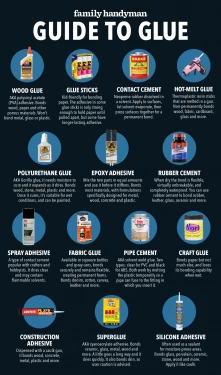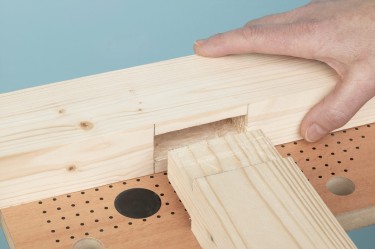Wondering about the best wood glue for your project? A pro woodworker offers his top wood glues and when DIYers should use each.
Every editorial product is independently selected, though we may be compensated or receive an affiliate commission if you buy something through our links. Ratings and prices are accurate and items are in stock as of time of publication.
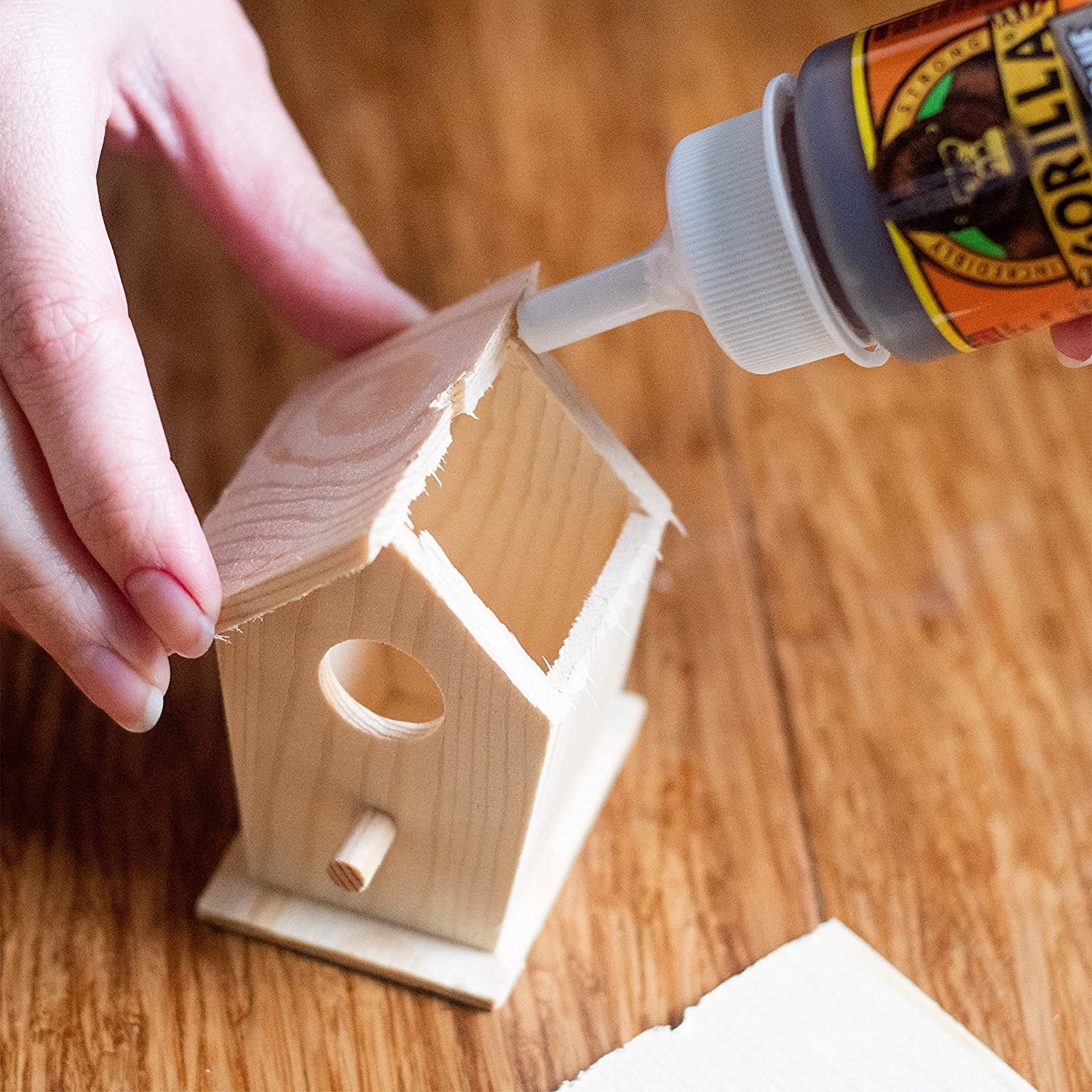
Buying the Best Wood Glue
Wood glue is vital in the wood shop. It lets you join pieces together without mechanical fasteners like screws or nails. But wander down the aisle of your local supply store and you’ll find upwards of a dozen types of wood glues: PVA (polyvinyl acetate), epoxy, urethane and hide glues, just to name a few — and that’s not even counting different brands!
So which is the best type for your project? Here are some properties to consider:
- Open time: This means how long the glue takes to form a serviceable bond. Open times vary from 30 seconds to several hours. The more complicated your glue-up, the longer an open time you want so you don’t have to rush.
- Water resistance: Glues range from water-soluble to waterproof. Choose an appropriate level of water resistance, depending on what environment your project will live in.
- Hardness: Some non-wood glues, like your standard craft glue, dry soft and cannot be sanded after they cure. A good wood glue dries hard and creates a rigid glue line.
- Cure time: Glues have varying cure times, or the time it takes for the glue to reach its maximum strength. While most glues cure in 24 hours, some slow-set glues can take up to five days to cure.
- Set time: Not to be confused with cure time, this refers to how long the glue needs to rest, preferably in clamps, before it can be worked. Think of this as the time necessary for the glue to reach its minimum working strength, though it’s not yet fully cured.
- Ease of use: Some glues are simple: Open the bottle, spread the glue and clamp. Other glues require careful mixing, like epoxy, or warming, like hide glue. While all glues have their upsides, choosing the easiest glue to use that matches your project’s needs is key to a successful glue-up.
Read on for a list of my go-to glues for working with wood, drawing on more than a decade of professional woodworking experience.

Best Wood Glue for Everyday Use
Titebond I is PVA, a water-based glue in the same family as the craft glues we grew up using in school. Wood PVA glue, while chemically similar to a craft glue like Elmer’s, has a few key differences:
- It dries harder, so it can be sanded after it’s fully cured.
- It’s more water resistant, though not waterproof.
- It’s slightly stronger once cured.
Titebond I will soften and eventually fail if repeatedly exposed to water, but its quick set-time and low cost make it the PVA industry standard.
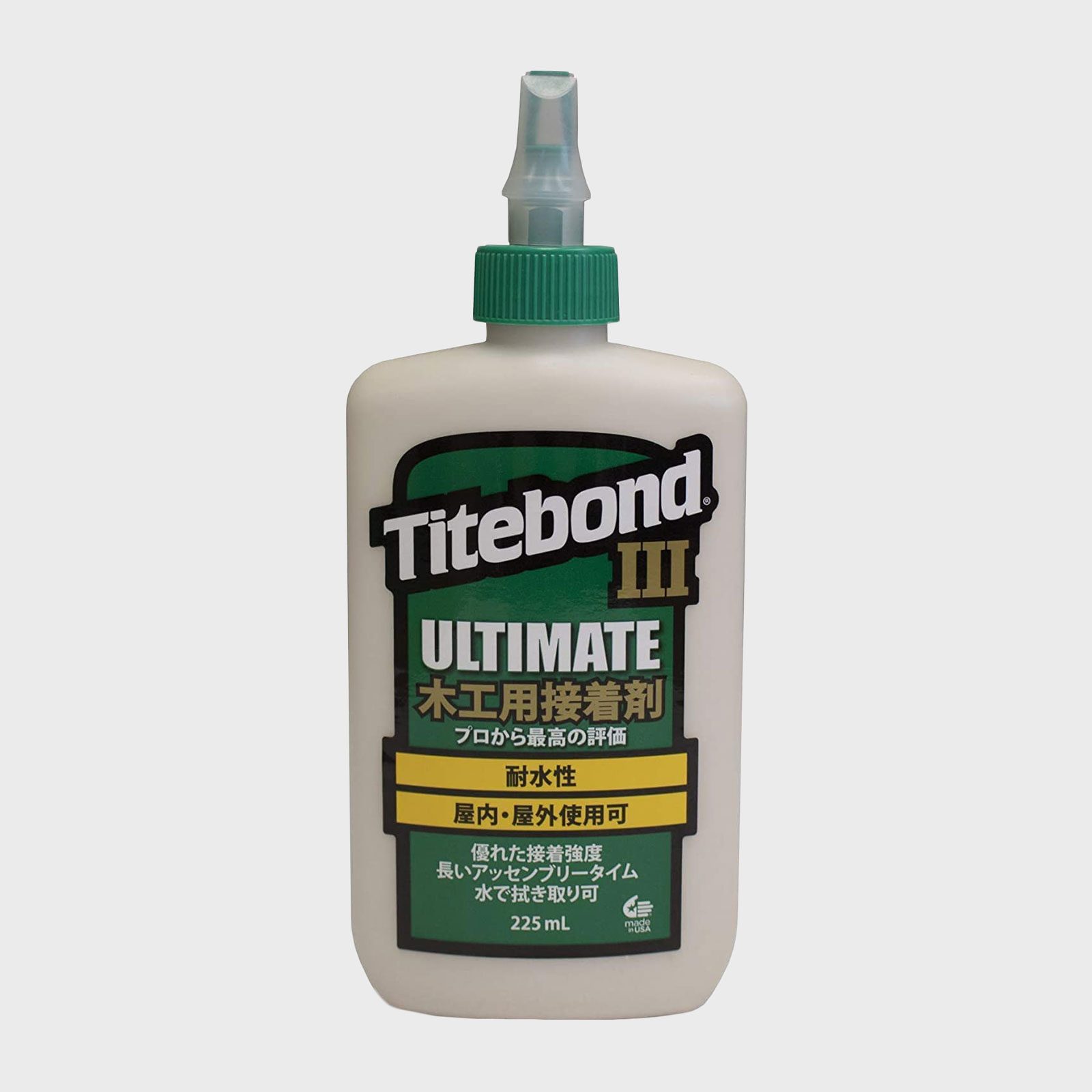
Best Waterproof Wood Glue
Titebond III has several distinct advantages over Titebond I:
- It’s completely waterproof once cured.
- It has a longer open time.
If you’re planning an outdoor furniture project, waterproof Titebond III ensures longevity. Also, while Titebond I has an open time of about five minutes, Titebond III’s open time runs 15 minutes or more, permitting more complicated glue-ups. If you’re only going to buy one wood glue, this is the one to buy.
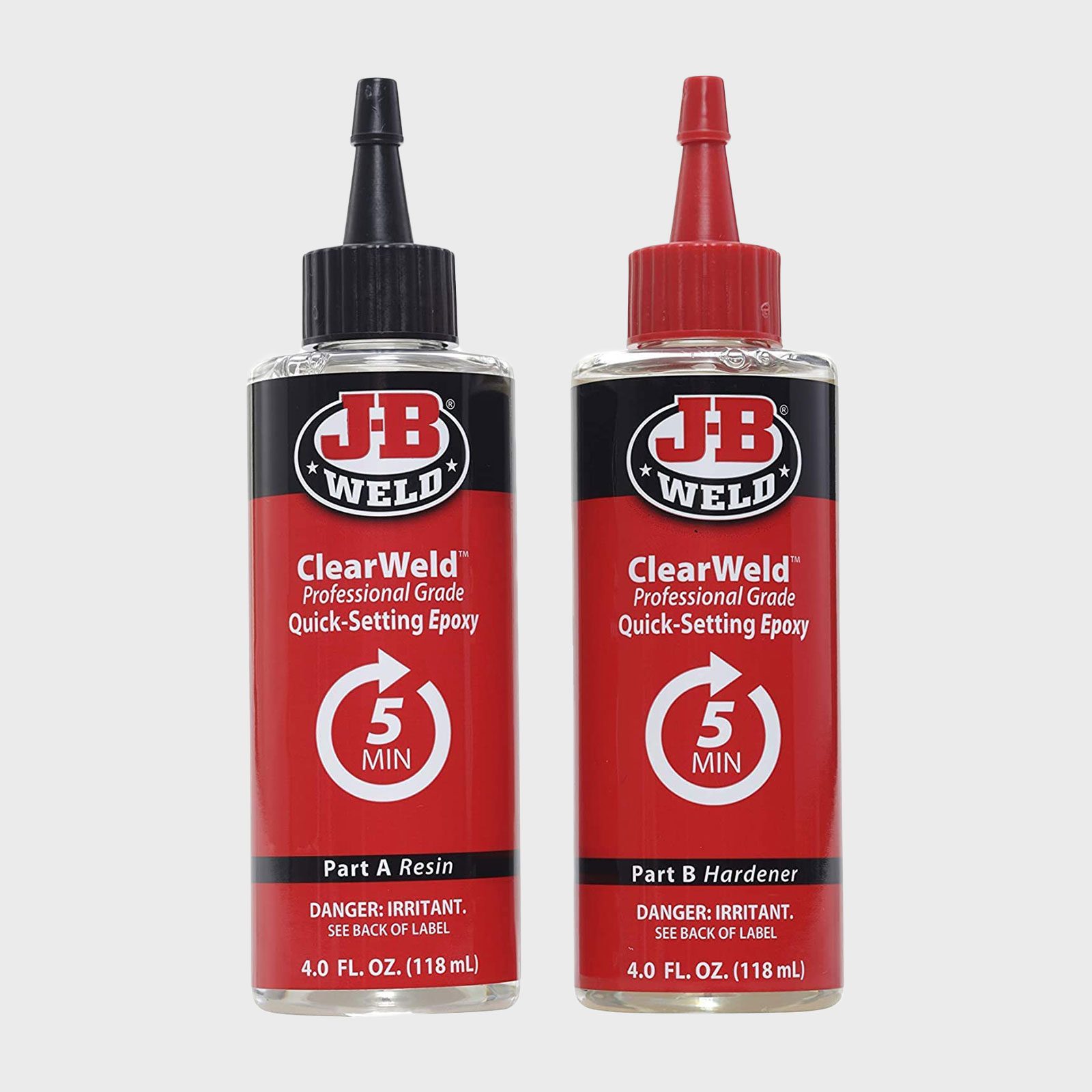
Best Quick-Set Wood Glue
While PVA glues are my everyday go-tos, every shop I’ve worked in had some form of epoxy on hand. Epoxy is a two-part adhesive made up of a resin and a hardener that works via chemical reaction.
The pros:
- Waterproof.
- Bonds wood to nearly any material.
- Cure times of one to five minutes, so you can get back to work fast.
The cons:
- More expensive than PVA glue.
- Must be mixed properly according to the instructions.
My favorite quick-set epoxy is J-B Weld’s five-minute epoxy. Stronger than PVA when cured and waterproof, it will bond almost anything.

Best Slow-Set Wood Glue
Because epoxy is a two-part adhesive, cure times vary from one minute to four hours or more. This extremely long working time is where epoxy really earns its keep.
The pros:
- Exceptionally long open time.
- Waterproof.
- Cures harder than PVA glue.
The cons:
- Expensive.
- Requires precise mixing.
When you’ve put dozens of hours into a project, the last thing you want to go wrong is the glue-up. For complicated glue-ups, I usually use TotalBoat’s High Performance Epoxy. It provides a generous 40 minutes of open time!

Best Hide Glue
Hide glue is a category all its own. As one of the first adhesives known to humankind, it’s been used in wood shops for thousands of years. I am a hide glue devotee for many reasons, including:
- Longer open time than any PVA glue (about 20 minutes).
- Reversible with heat, making clean up or repairs easy.
- No glue stains, and instead blends in to oil-based finishes.
There are many brands of liquid hide glue, but the easiest one to find and store is Titebond’s Genuine Hide Glue.
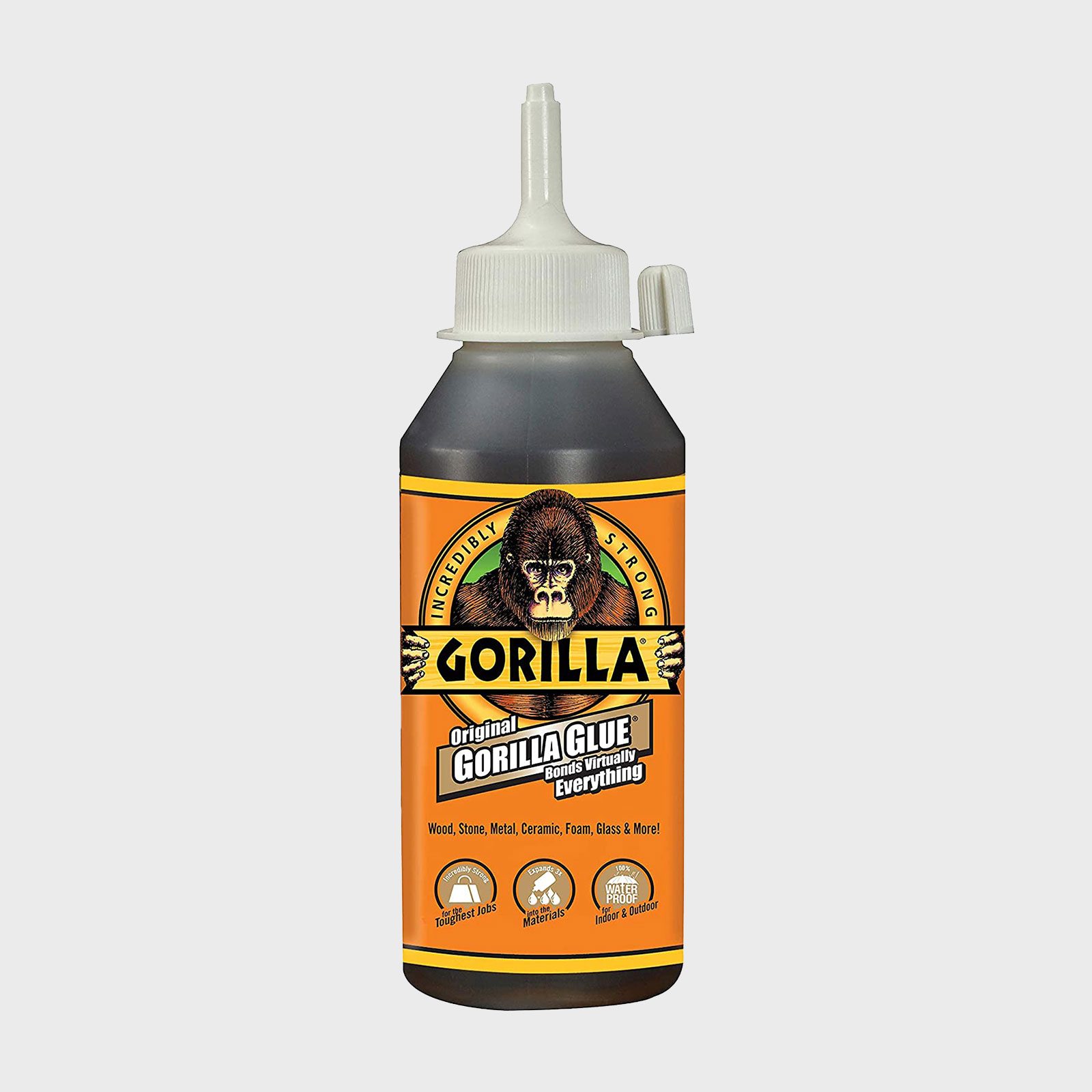
Best Gap-Filling Wood Glue
Urethane glues offer distinctive properties that make them especially useful in the shop.
The pros:
- Expands as it cures.
- Cures as a chemical reaction to moisture, rather than through water evaporation.
- It’s waterproof once cured.
The con:
- Need to moisten the wood before glue-up.
I keep some Gorilla Glue on hand as a “just in case,” because its expanding properties make it a brilliant gap filler. If your joint has too much play, this glue will bridge that gap and stabilize the joint as it cures.
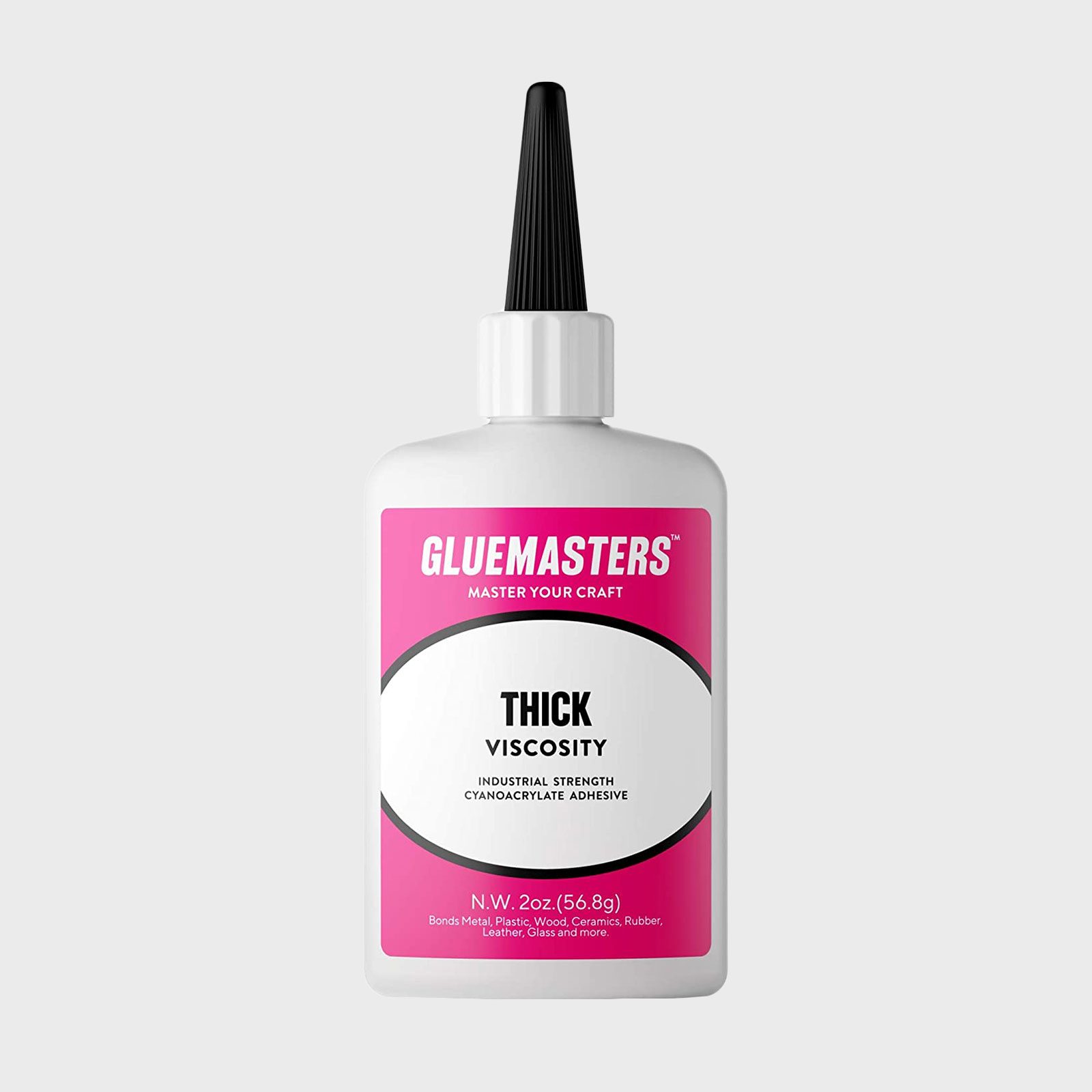
Best CA Wood Glue
Fast-curing cyanoacrylate (CA) glue comes in a range of viscosities, from a thick gel to watery thin. It’s a wonderful glue to keep around the shop for small applications and jig-making, but it’s not suitable for joinery. It’s so brittle that just the seasonal movement of wood will eventually cause it to fail.
The pros:
- The fastest set-time of all the wood glues, from ten to 30 seconds.
- Can set even faster if used with an accelerator.
- Inexpensive and readily available.
The cons:
Too brittle for long-lasting joinery.
I keep multiple viscosities of CA glue on hand. But if you’re only going to keep one, I’d recommend a thick one like this from Glue Master’s.
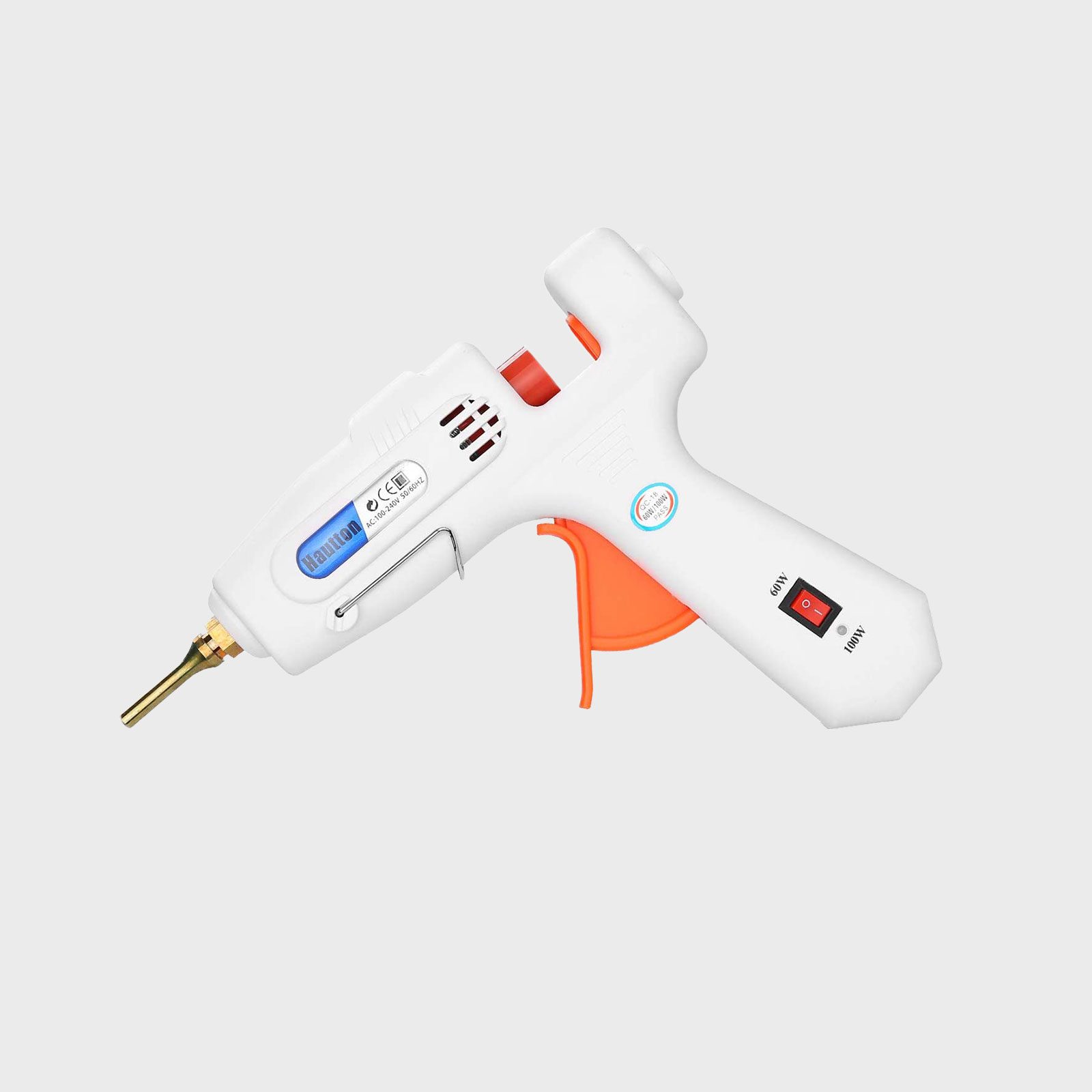
Bonus Glue: Hot Glue
We all love to scoff at hot glue. Its impermanence is less than ideal for many applications, and it reminds us of Grandma’s crafts table. But before you dismiss it, consider what hot glue does well:
- Quick-setting for jigs and fixtures.
- Temporary, easily reversible for templates or guides.
- Sets delicate parts for processes like applique carving.
- Waterproofing forms for epoxy pours.
It’s true! I use hot glue to waterproof the corners of epoxy forms. If you want a versatile adhesive, here is an inexpensive hot-glue gun to get you started.

